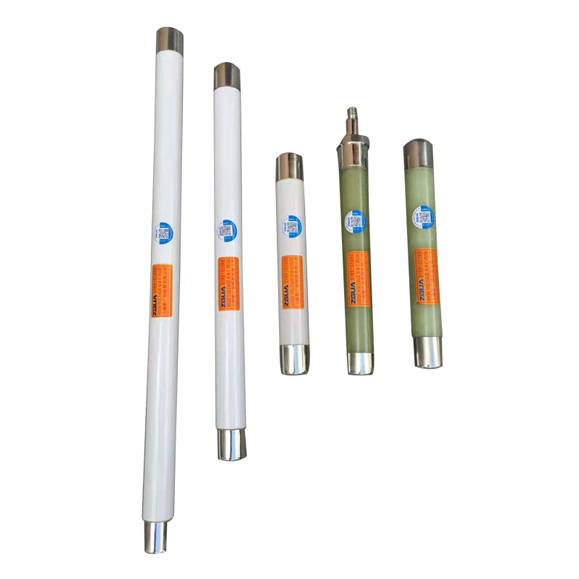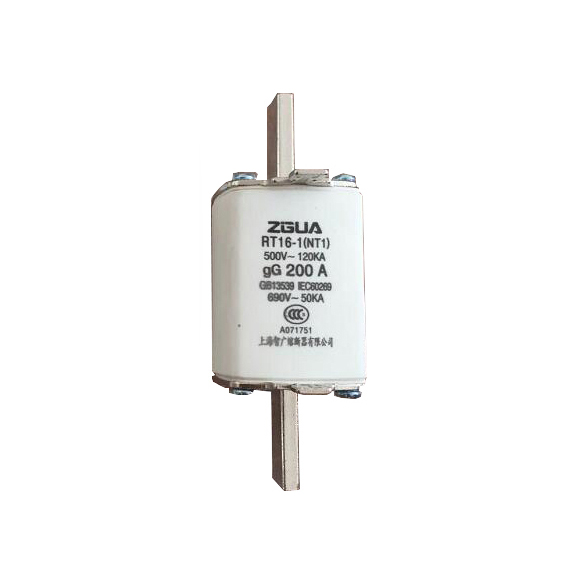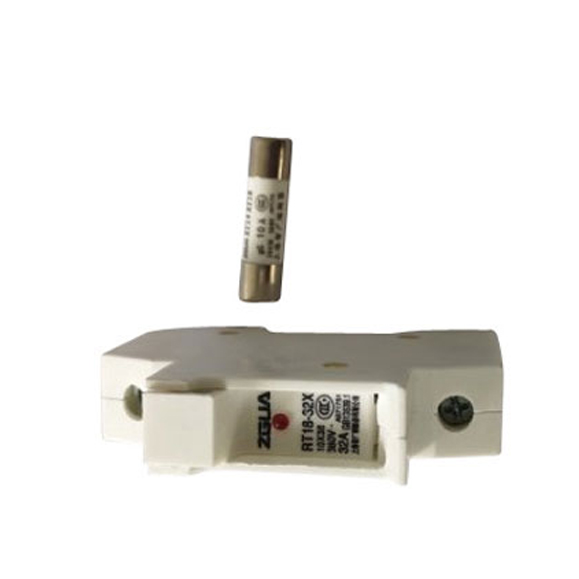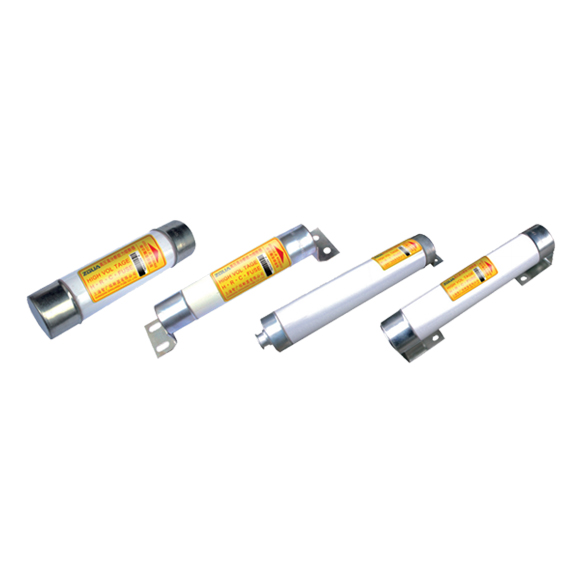Precautions and maintenance of fuses
In view of the excellent short-circuit protection performance of the fuse, it is widely used in high and low-voltage power distribution systems and control systems and electrical equipment. As a short-circuit and over-current protector, it is one of the most commonly used and most important protection devices.
In the application, attention should be paid to the use of fuse precautions, daily inspections and maintenance.
Precautions for the use of fuse:
The protection characteristics of the fuse should be compatible with the overload characteristics of the protected object, and considering the possible short-circuit current, a fuse with the corresponding breaking capacity should be selected;
The rated voltage of the fuse should be adapted to the line voltage level, and the rated current of the fuse should be greater than or equal to the rated current of the melt;
The rated current of the melt of each level of the fuse in the line should be matched accordingly, and the rated current of the previous melt must be greater than the rated current of the next melt;
The melt of the fuse should be matched with the melt according to the requirements, and it is not allowed to increase the melt at will or replace the melt with other conductors.
Fuse inspection inspection:
Check whether the ratings of the fuse and the melt are compatible with the protected equipment;
Check whether the appearance of the fuse is damaged or deformed, and whether there is any flickering discharge trace on the porcelain insulation part;
Check whether the contact points of the fuse are intact, close in contact, and whether there is overheating;
Whether the fusing signal indicator of the fuse is normal.
Use and maintenance of fuse:
When the melt is blown, it is necessary to carefully analyze the cause of the blow. The possible reasons are:
Normal fuse due to short-circuit fault or overload operation;
If the melt has been used for too long, the melt will be erroneously broken due to oxidation or high temperature during operation, which will change the characteristics of the melt;
The melt is mechanically damaged during installation, which reduces its cross-sectional area and causes false disconnection during operation.
When dismantling the melt, it is required to:
Before installing a new melt, find out the cause of the melt fuse. If the cause of the fuse is not determined, do not disassemble the melt for trial delivery;
When replacing a new melt, check whether the rating of the melt matches the protected equipment;
When replacing a new melt, check the internal burns of the fuse tube. If there is a serious burn, replace the fuse tube at the same time. When the porcelain fusion tube is damaged, it is not allowed to replace it with another material tube. When replacing the melt of the filler type fuse, pay attention to the filler.
The fuse should be repaired at the same time as the power distribution device:
Clean the dust and check the contact condition of the contact points;
Check the appearance of the fuse (remove the fuse tube) for damage, deformation, and whether there are any traces of discharge flicker on the porcelain parts;
Check the fuse, whether the melt matches the protected circuit or equipment. If there is any problem, it should be investigated in time;
Pay attention to check the N line in the TN grounding system, the grounding protection line of the equipment, and the use of fuses is not allowed;
When maintaining and inspecting the fuse, you must cut off the power supply according to the requirements of the safety regulations, and it is not allowed to remove the fuse tube when the power is on.

 English
English 中文
中文 Pусский
Pусский Français
Français Español
Español



